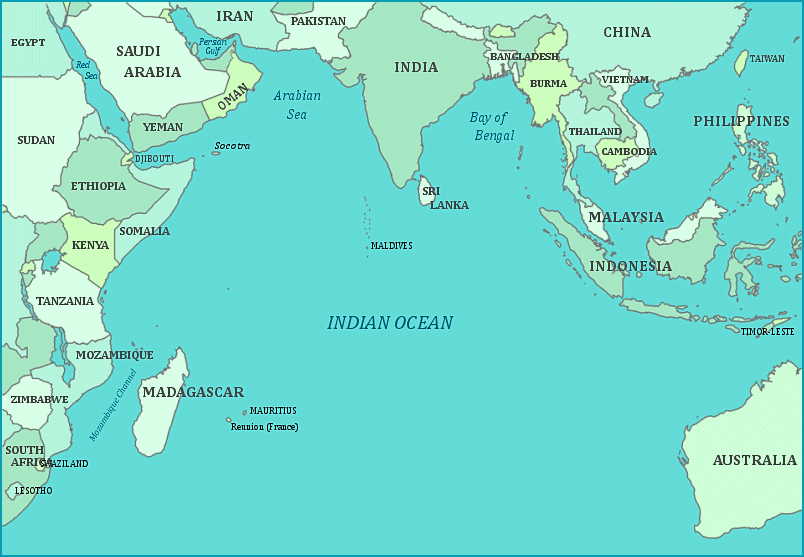CANBERRA, Australia – The search for floating debris from the Malaysia Airlines jetliner was in high gear Sunday as nine aircraft, eight ships and four helicopters combed an Indian Ocean search zone west of Australia more than three weeks after the Boeing 777 crashed into the southern Indian Ocean.
A look at the search and what happens when objects of interest are located by ships and must be examined to determine whether they are from the jet:
THE PLANES AND THE FLOTILLA:
Aircraft spot objects that might be debris from the flight, take photos of the objects, log co-ordinates and drop marking buoys that drift in the same direction as the objects. That information is relayed to navy ships that go looking for the objects. Seven Chinese and three Australian ships are taking part, with their movements co-ordinated by Australia, which is overseeing the operation from a military base near the western city of Perth, about 1,800 kilometres (1,500 miles) from the search zone.
OBJECT RETRIEVAL:
Protocols set by Australia determine how objects are taken from the sea, secured, labeled and photographed, according to Australian Transport Safety Bureau spokesman Mike Walker. An international agreement accident investigation states that it is the responsibility of the country that registered the missing Boeing 777 – in this case Malaysia – to initiate an investigation.
Malaysia technically must secure the wreckage and make it available for the investigation. But Australia is handling that responsibility on Malaysia’s behalf. As a result, any ship that collects suspected plane wreckage must hand it over to Australian authorities, said Martin Dolan, chief commissioner of the Australian Transporation Safety Board.
“Any wreckage that is obtained, we will hold on behalf of the Malaysian investigation team and await their instructions,” Dolan said. “We’re in continual discussions with the Malaysians about the progress of the search and we will continue to discuss with them the handling of wreckage as and when it comes to hand.”
IDENTIFICATION AND STORAGE:
Australian authorities have not divulged details about how identification of objects retrieved by ships is being conducted to determine whether they are from the plane or are sea trash.
But an Australian government official said ships in the search area have the capability of transmitting photos of recovered debris to experts on the Australian mainland who can make detailed examinations. The official spoke on condition of anonymity because he is not authorized to speak with the media.
The Australian supply ship HMAS Success is searching but is also designated as the ship that will store potential plane wreckage at sea. It has a heavy crane. How transfers of potential plane debris will happen from one ship to another and transferred to the navy base near Perth will be decided on a case by case basis, Walker said.
“They’re not going to sail into Perth every time they pick something up,” he said. That voyage takes days.
EXPERTS HEADING TO SEA:
The Australian navy support vessel Ocean Shield was set to sail Sunday from another base near Perth with an American device called a Towed Pinger Locator, which will be pulled behind the vessel at slow speeds when it reaches the search zone to try to locate the signals emitted by the plane’s black boxes. The ship also has an unmanned searching submersible vehicle.
Aboard the ship are three plane crash investigators from the ATSB. They have experience in maritime operations, flight data records and aerospace engineering, a government statement said.
___
Hranjski reported from Bangkok.
